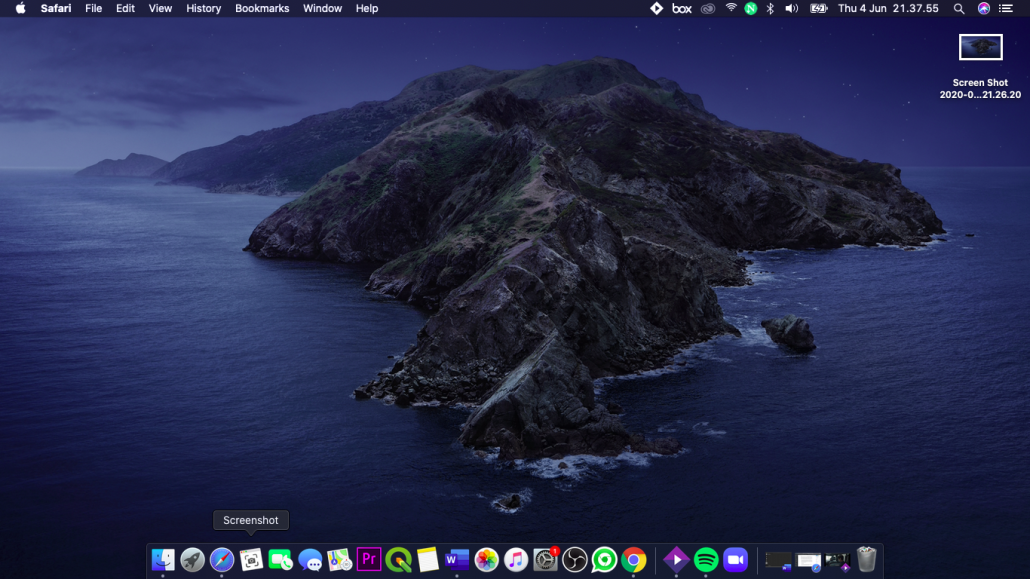
Here’s the answer to another reader request…
But, not surprisingly, it got messed up and it looks like I deleted the EFI partition of my Macbook (Retina, 12-inch, Early 2015). When I rebooted the machine, at first it wouldn't boot. By holding down the option key, it opened up recovery mode, asked me to enter wifi credentials and then choose a boot disk. Boot macOS, Windows, and Linux in UEFI or legacy mode on Mac or PC with UEFI or BIOS firmware Boot using UEFI firmware directly or CloverEFI UEFI firmware emulation Customizable GUI including themes, icons, fonts, background images, animations, and mouse pointers. Theme manager and theme repository at http://sourceforge.net/p/cloverefiboot/themes/.
According to WIkipedia, “On Apple–Intel architecture Macintosh computers, the EFI partition is initially blank and not used for booting. However, the EFI partition is used as a staging area for firmware updates.” When people look to create non-standard boot environments or attempt to build a hackintosh, the first step is often mounting and modifying the EFI boot partition. Before you read any further, take note: altering your EFI boot partition is not supported by Apple and The Mac Admin takes no responsibility if you render your computer(s) unbootable by mounting and modifying this partition.


To mount an EFI boot partition, follow these steps:
1. Discover the volume identifier for your EFI boot partition.
Run this command:
The output should look something like this:
In this case, the volume identifier of the EFI partition is disk0s1
2. Create a mount point.
Efi Mounter For Mac Computer
A mount point is a directory where a non-booted volume is mounted. On Mac OS X, mount points are typically created in /Volumes. We can create a directory called efi within /Volumes by running the following command:
3. Mount the EFI partition at the efi mount point.
Run the command:
Efi Mounter V3 Mac Os
That’s it. Your EFI volume will be mounted. Modify it at your own risk.